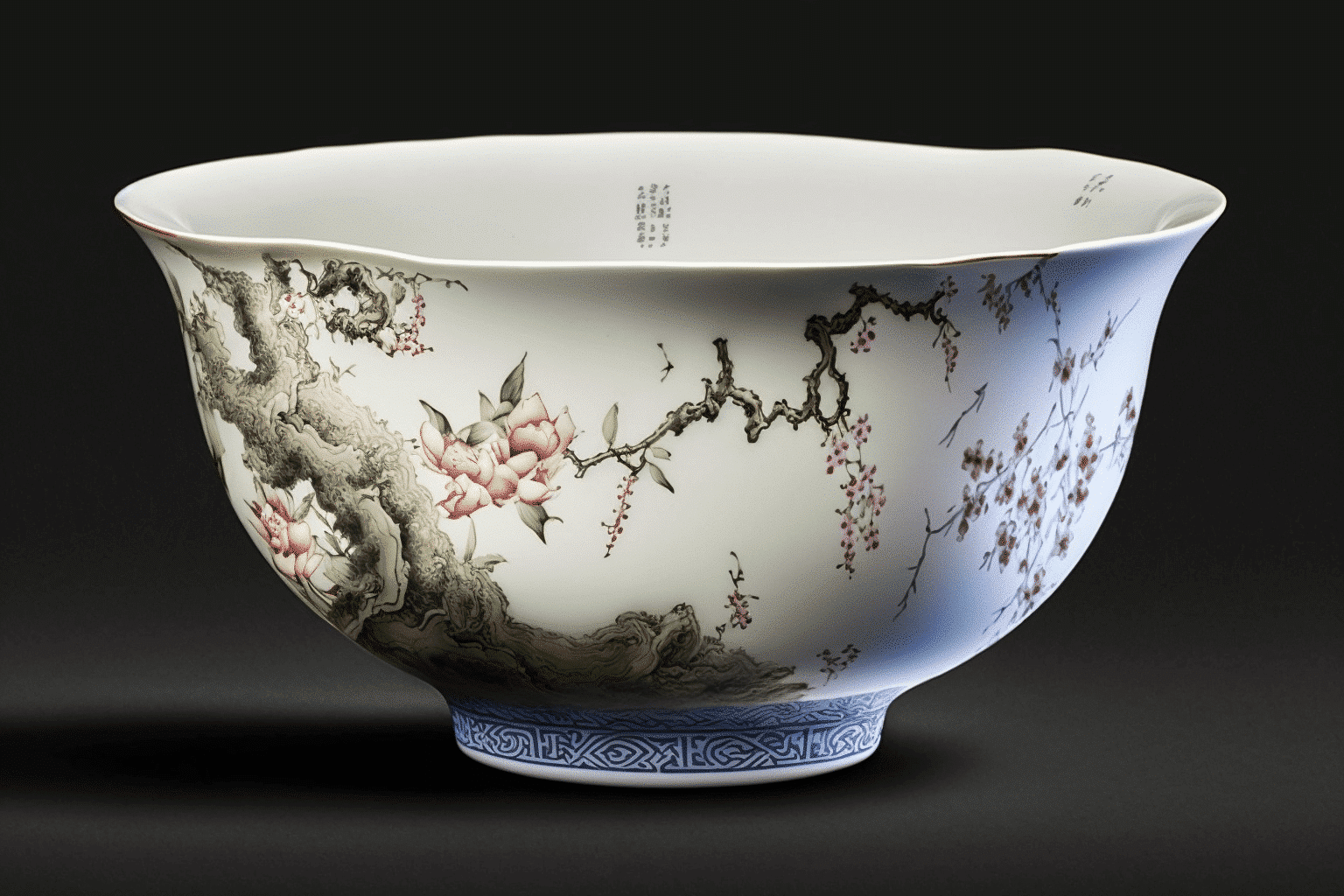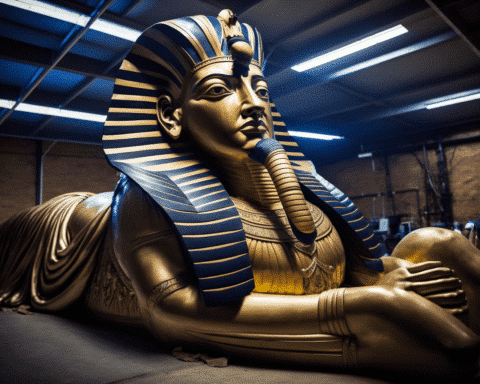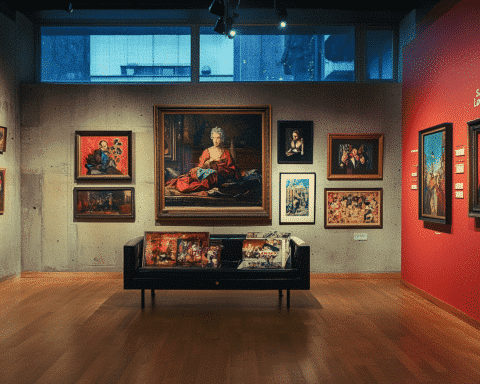A delicate porcelain bowl, less than 4.5 inches in diameter, was sold for over $25 million during a week of Chinese art auctions in Hong Kong. Sotheby’s described the antique as “highly important” from a scarce collection of ceramics crafted in Beijing’s imperial workshops during the 18th century.
The bowl was made during the reign of the Yongzheng Emperor, who ruled China from 1722 to 1735 and is part of the “falangcai” tradition. The porcelain came from the imperial kilns of Jingdezhen and was enamelled by artisans in Beijing’s Forbidden City. The bowl, which sold for 198.2 million Hong Kong dollars ($25.3 million), displays two swallows, a blossoming apricot tree, and a willow, along with a poem excerpt believed to be commissioned by the Wanli Emperor, Yongzheng’s Ming dynasty predecessor.
Ceramics expert Regina Krahl mentioned that bird and flower motifs were popular during the Yongzheng period and described the bowl as one of the few items representing the pinnacle of painting on porcelain. Most of the remaining examples are held in the Palace Museum in Taiwan.
Initially part of a pair, the bowl was first documented in a collection assembled by Captain Charles Oswald Liddell in the late 19th century. The two bowls were separated in 1929 and sold for £150 each. According to Sotheby’s, the twin bowl is now housed at the British Museum in London.
The bowl sold on Saturday has changed hands multiple times, with previous owners including American socialite Barbara Hutton. Businesswoman and collector Alice Cheng most recently purchased it for a record 151.32 million Hong Kong dollars ($19.3 million) in 2006.
This piece was a highlight of Sotheby’s Hong Kong spring series, celebrating 50 years of the auction house’s presence in Asia. The series included auctions of watches, handbags, and vintage wines, with the combined Chinese art sales fetching 1.64 billion Hong Kong dollars ($208.5 million).
Other historical items for sale included vases, statues, and imperial treasures, with a blue and white ewer from the Ming Dynasty selling for 107.5 million Hong Kong dollars ($13.7 million). Paintings and calligraphy works attracted multi-million-dollar bids, including Zhang Daqian’s “Pink Lotuses on Gold Screen,” which sold for 251.6 million Hong Kong dollars ($32 million).
Sotheby’s Asia chair, Nicolas Chow, described the week’s results as “exceptional,” emphasizing the importance of Chinese art in their business.
The remarkable success of the week-long Chinese art auctions in Hong Kong underscores the growing global interest in and demand for Chinese art and antiques. The event attracted collectors and art enthusiasts worldwide, further highlighting the significance of Chinese art in the global market.
In addition to the porcelain bowl, other standout items included a jade seal, a set of archers’ rings, and a variety of exquisite vases and statues from different periods in Chinese history. These pieces not only represent the artistic craftsmanship of their time but also provide a glimpse into the rich cultural heritage of China.
The increasing value of Chinese art has also led to a surge in private collectors and museums seeking to acquire and preserve these historic artifacts. With the rising demand, the Chinese art and antiques market is expected to continue flourishing, attracting more investors and collectors worldwide.
The strong performance of Chinese art in the auction market is a testament to the growing appreciation and understanding of this unique art form. As more people become familiar with Chinese art’s history, techniques, and materials, its cultural significance and value will continue to be recognized globally.
In the future, we can expect to see more high-profile auctions featuring Chinese art and antiques and increased collaboration between art institutions, collectors, and auction houses to preserve and promote this extraordinary heritage. With a renewed focus on the importance of Chinese art in the global context, the appreciation for its beauty and craftsmanship will continue to grow, further cementing its place as a vital aspect of the international art scene.




